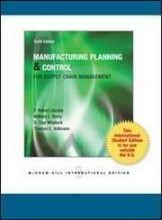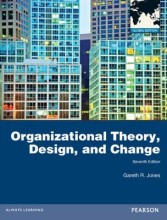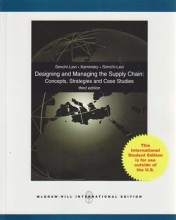The purchasing management process - How purchasing and supply management develops over time
8 important questions on The purchasing management process - How purchasing and supply management develops over time
The purchasing and supply development model can guide purchasing managers in professionalizing their strategies and organization. It assumes that in order to professionalize purchasing, companies need to go through six different stages. What are these stages?
Stage 1: transaction orientation --> 'serve the factory'
Stage 2: Commercial orientation --> 'lowest unit price'
Stage 3: Co-ordinated purchasing --> 'savings through synergy'
Stage 4: internal integration: cross - functional purchasing --> 'total cost of ownership'
Stage 5: External integration: supply chain management --> Supply - chain optimization'
Stage 6: value chain orientation --> 'total customer satisfaction'
What's the primary task in stage 1 "transaction orientation"?
What's the primary task of stage 2 "commercial orientation"?
- Higher grades + faster learning
- Never study anything twice
- 100% sure, 100% understanding
What is the primary task of stage 3 "co-ordinated purchasing"?
What is the primary task of stage 4 "internal integration"?
What is the primary task of stage 5 "external integration"?
What is residential engineering?
What is the primary task of stage 6 "value chain orientation"?
The question on the page originate from the summary of the following study material:
- A unique study and practice tool
- Never study anything twice again
- Get the grades you hope for
- 100% sure, 100% understanding
































